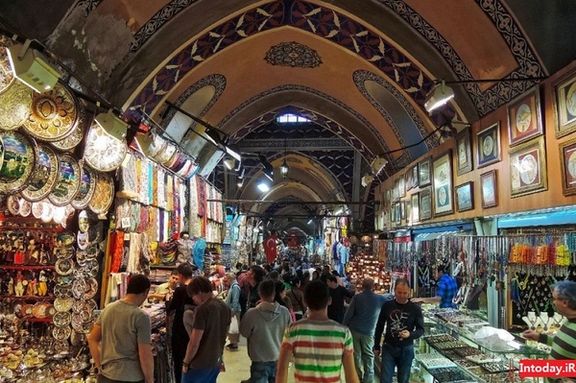IMF predicts continued economic turmoil in Iran

The latest report from the International Monetary Fund (IMF) indicates that economic turmoil in Iran is expected to persist, with some indicators worsening significantly compared to previous years.

The latest report from the International Monetary Fund (IMF) indicates that economic turmoil in Iran is expected to persist, with some indicators worsening significantly compared to previous years.
The IMF states that for Iran to avoid a budget deficit next year, global oil prices would need to reach above $124 per barrel—a figure 70% higher than the current Brent crude prices on international markets. According to the report, Iran needed oil prices above $121 this year to prevent a budget shortfall, which did not materialize, leading the government to engage in substantial borrowing.
Since 2018, when the US imposed stringent sanctions on the Islamic Republic, the Iranian government has faced substantial budget deficits, compelling it to resort to extensive borrowing. Data from the IMF's database reveals that Iran's net government debt will reach 59,000 trillion rials this year, nearly double the amount in 2018, and is projected to quadruple again by 2029.
In US dollar terms, the IMF data shows Iran's gross government debt will reach around $150 billion this year, an increase of $26 billion from the previous year, and will peak at $162 billion next year, amounting to nearly 35% of the country’s GDP.
To offset budget deficits and secure loans from financial institutions, the Iranian government has pressured the Central Bank to print unsupported currency. According to IMF figures, liquidity in Iran has surged annually by 25-40% in recent years, with projected increases above 27% this year and next.
This increased liquidity has fueled runaway inflation. Over the past several years, Iran has consistently ranked among the top 10 countries with the highest inflation rates, and next year it is expected to have the sixth-highest inflation globally.
However, the IMF’s figures about inflation are based on data provided by Iran's Statistical Center, which tends to underestimate market inflation rates. For example, while the Statistical Center reported October inflation at 34%, the head of Iran's Central Bank announced in early November that inflation was actually at 38%. Reports from domestic media suggest the real inflation rate is even higher than that estimated by the head of Central Bank.
Another key point in the IMF report is the anticipated deceleration of Iran's economic growth. Economic growth has dropped from 5% last year to 3.7% this year, and it is expected to decrease each year, reaching only 2% by 2029. However, these growth forecasts assume Iran avoids a conflict with Israel. Most of Iran’s economic growth in 2023 was due to higher oil exports to China.
Earlier this year, the IMF warned that if Iran were to engage in even a limited regional conflict, its economy could shrink by around 5% in 2024. The IMF has also cautioned that any direct involvement in conflicts could push Iran's inflation rate above 100%, with accessible foreign exchange reserves falling to zero by the end of 2024.
According to the IMF, Iran’s accessible foreign exchange reserves stand at $26 billion this year, a sharp drop from the average of approximately $68 billion over the past two decades. Iran has twice targeted Israel with hundreds of missiles and drones this year, but Israel’s response has been limited to attacks on specific military targets within Iran. However, the Islamic government is threatening to attack Israel again, and the United States has warned Iran that in such a case it cannot moderate Israel’s response.